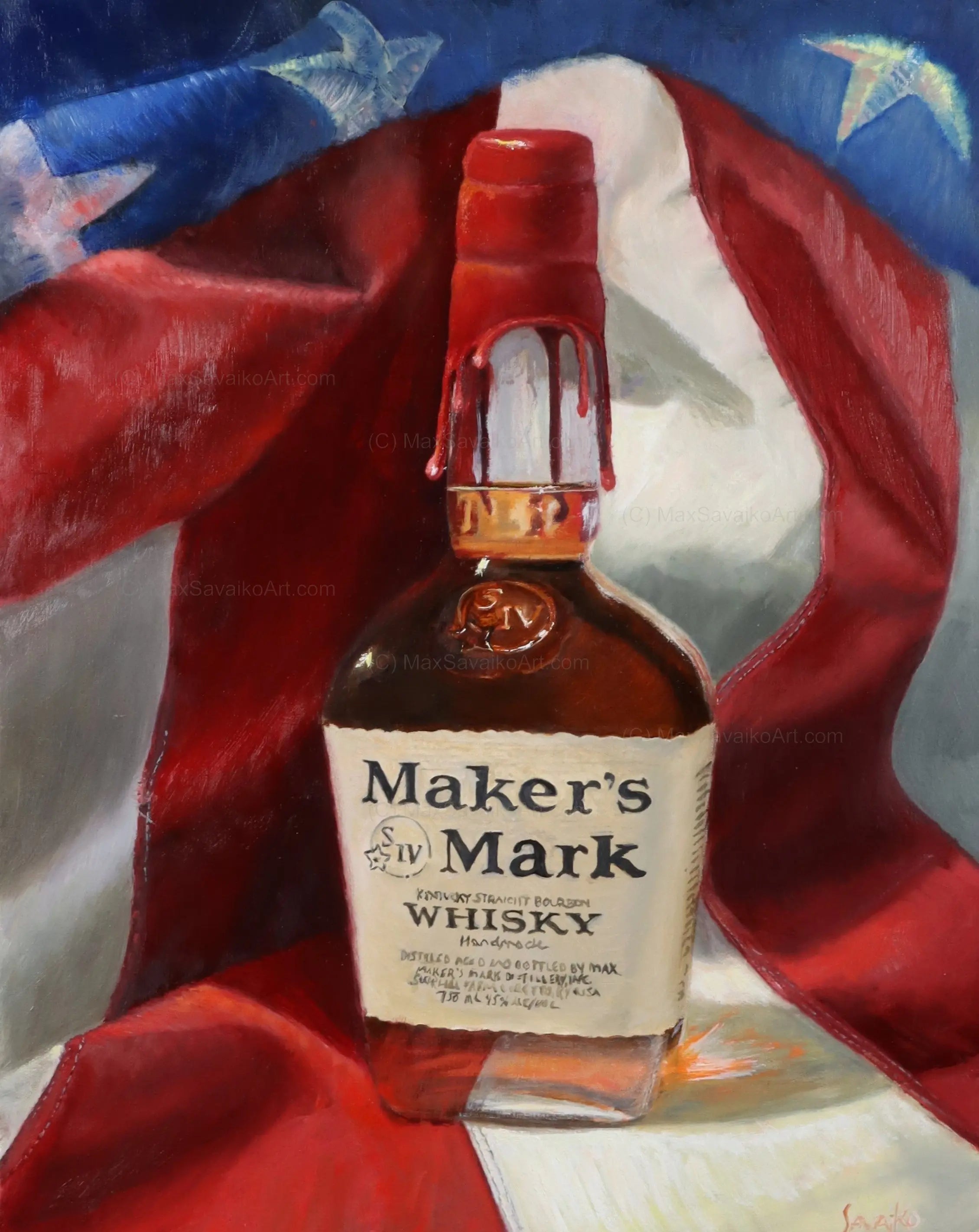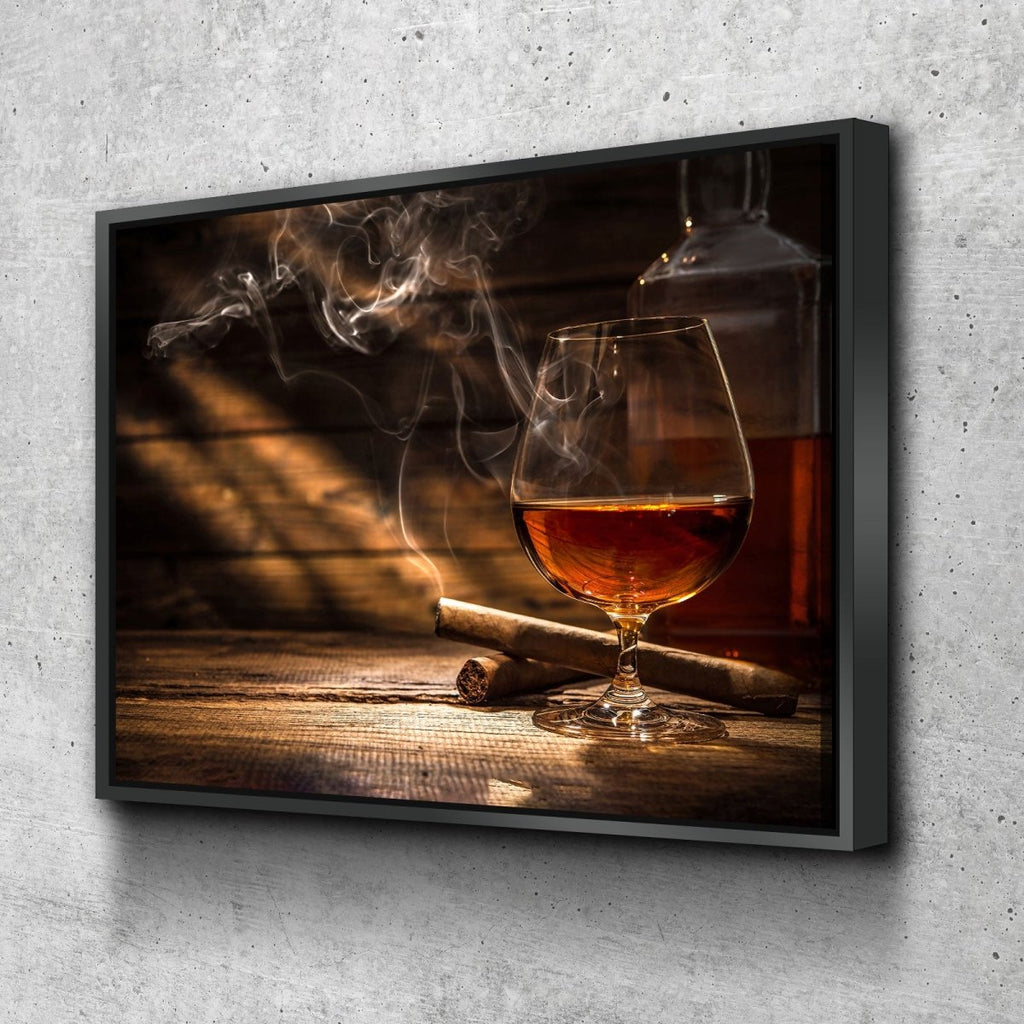Realism Art in the Whiskey Industry: Showing Moments of Distillation
The Significance of Whiskey Art in Celebrating Heritage and Workmanship in the Beverage Sector
The complex relationship in between bourbon art and the celebration of heritage and workmanship within the drink industry can not be overemphasized. With thoughtfully made labels and containers, bourbon brands envelop their historical origins and the artisanal skills that specify their production approaches.
The Historical Origins of Whiskey
At the heart of bourbon's allure exists a rich tapestry of historical origins that trace back to old civilizations. The beginnings of whiskey can be linked to the purification practices of the Sumerians and Babylonians around 2000 BCE, where very early forms of fermented grain beverages started to arise. It was in the Middle Ages that the art of purification advanced considerably, especially in Ireland and Scotland, leading to the production of whiskey as we understand it today.
The term "bourbon" itself acquires from the Gaelic word "uisce beatha," implying "water of life." This phrase emphasizes the social significance of whiskey in Celtic societies, where it was commonly associated with rituals, events, and common bonding. By the 15th century, purification came to be an identified craft within monastic communities, leading the way for the establishment of legal distilleries.
As trade paths broadened, scotch's appeal expanded, going beyond local borders and recording the interest of lovers worldwide. Limited Edition. This historic trip shows not just the workmanship behind scotch production however likewise its important function in social and social contexts, noting it as a considerable drink throughout history
Artistic Expression in Branding
Scotch branding stands as a compelling intersection of artistry and business, where aesthetic identification plays a crucial duty fit customer understanding. The appearances of bourbon tags, packaging, and marketing materials reflect not just the brand name's story but additionally its core worths and heritage. With artistic expression, distilleries convey a narrative that reverberates with customers, evoking feelings and triggering connections.
The use of color, typography, and images in branding serves to distinguish products in a saturated market. For instance, standard motifs may evoke a feeling of authenticity and workmanship, while modern layouts can symbolize development and forward-thinking. This calculated artistic direction boosts brand acknowledgment and commitment, enabling customers to forge an individual partnership with the whiskey they pick.
Moreover, creative expression in branding often serves as an event of local heritage. Distilleries frequently incorporate regional icons or historical recommendations right into their designs, creating a local color that invites customers to take part in a wider social experience. Inevitably, the virtuosity behind whiskey branding not only improves aesthetic allure but also enhances the total story of the brand name, fostering a deeper gratitude for the craftsmanship and heritage ingrained in each container.
Workmanship in Container Layout
The artistry apparent in scotch branding prolongs beyond visual identification to include the workmanship entailed in container layout. Each bottle serves as a vessel not just for the spirit within, however likewise for the story it tells regarding its tradition, quality, and origin. The style procedure needs precise interest to detail, as elements such as material, form, and closure add dramatically to the total understanding of the scotch.
Craftsmanship in container style involves picking high-quality glass that can boost the bourbon's color and clarity, while additionally giving a tactile experience for the consumer. you could check here The shape of the container should be both functional and aesthetically enticing, commonly showing the heritage of the brand. Lots of distilleries choose one-of-a-kind shapes or embossed logo designs that evoke a feeling of authenticity and background.
Moreover, the label layout and typography play a critical function in communicating the brand name's narrative. Realism Art. A well-crafted bottle not just captivates the customer's eye but additionally strengthens the brand's dedication to quality and custom. This way, the workmanship of container style comes to be an important facet of the whiskey experience, combining artistry with a profound regard for heritage
Cultural Importance of Whiskey Art
Commemorating tradition and workmanship, the cultural significance of scotch art goes beyond simple looks, linking with the historic and social stories of the areas from which it originates. Each bottle functions as a canvas, showing the one-of-a-kind stories, folklore, and practices that have actually formed regional whiskey-making methods. The complex styles frequently show the heritage of the distillers, including symbols and themes that reverberate with the culture and worths of their communities.

Additionally, bourbon art plays an essential duty in public gatherings and events, working as a substantial link between individuals and their shared experiences. By valuing the creativity in bourbon product packaging, customers grow a deeper understanding and regard for the craft, inevitably enhancing their enjoyment of the beverage itself.
Modern Trends in Bourbon Discussion
In the last few years, the presentation of bourbon has actually progressed to show modern preferences and trends while still recognizing standard craftsmanship - Limited Edition. Distilleries are progressively concentrating on visual components that enhance the overall alcohol consumption experience, linking the void between heritage and modernity
Cutting-edge container styles have arised, usually integrating lasting products and creative tags that tell engaging stories. Numerous brand names currently work together with neighborhood musicians, infusing their products with distinct aesthetic expressions that reverberate with consumers. Additionally, limited-edition launches are typically packaged in collectible containers, including worth and allure for connoisseurs.

Verdict
In conclusion, whiskey art offers as a crucial avenue for revealing the heritage and craftsmanship intrinsic in the drink sector. Through elaborate branding, cutting-edge container designs, and culturally significant creative elements, bourbon brand names properly honor their traditions and attach with customers.


Workmanship in container design entails choosing top notch glass that can improve the whiskey's shade and clarity, while likewise providing a tactile experience for the consumer. In this means, the craftsmanship of bottle design becomes a vital facet of the whiskey experience, combining artistry with an extensive regard for heritage.
In final thought, bourbon art serves as an important avenue for expressing the heritage and craftsmanship inherent in the beverage market.